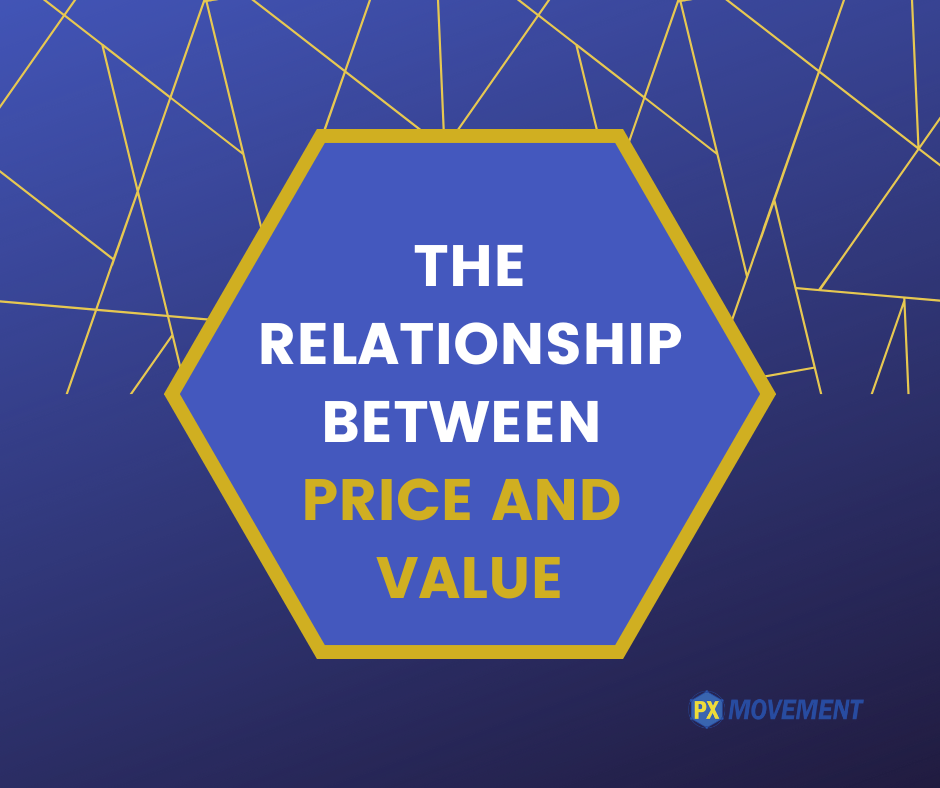One of the big challenges facing elective medical practices is in understanding the relationship between price and value in the mind of the patient. A common mistake is thinking that if the price is lower, the patient is more likely to commit. In other words, lower price equates to higher perceived value.
While often true for commodities such as bananas and gasoline, this is false when it comes to elective medical procedures.
The two charts below illustrate the consequences of this mistake by looking at the long-term historical relationship between price and demand for two popular elective procedures.

The blue line shows the average fee for LASIK, which declined by 25% over a 3-year period starting in 2000. The yellow bars show procedure volume, which also dropped by a similar percentage. When prices were later increased (to accommodate new technology investments by practices), demand went back up.

In the years 2000-2007, fees for breast augmentation steadily increased by more than 30% and demand tripled. Plastic surgeons understood this price/value dynamic far better than refractive surgeons.
Demand for these and other elective procedures follow a pattern economists term inelasticity of demand. Similar findings apply to luxury goods and services. In lay terms:
Lowering price does not increase demand
Raising price may lead to an increase in demand
The second mistake doctors make is not fully understanding what patients actually value. They tend to lean on their surgical skill and the procedure outcome/result. That’s not good enough in today’s society, where advances in technology narrow the skill gap and many patients assume the surgeon has the requisite skills.
Value comes from rethinking your core services so that going through them is a better experience for the patient. Each step in their overall journey — from the first click to your website to the farewell at their final post-op visit — should be evaluated using the following question:
“How will _______ be perceived by my patients?”
Every single milestone and marker on the patient’s journey can be inserted into that blank. The value patients receive increases when you pay attention to improving the experience at each step along the way. The net result — which we know from our own behavior as consumers — is that people are willing to pay more when the overall experience is better. And “better” is defined as more unique, more personal, and more memorable. A great experience is layered on top of performing the core services well.
The chart below is the foundational framework of The Experience Economy and summarizes the relationship between price and value. I hope you will study this for a few minutes and take it to heart. At the top, you will see the highest form of economic value, where the provider is guiding a transformation for the customer. Nowhere is that opportunity as ripe as in what doctors and their teams do in medical practices. Healthcare should be a transformational experience! Practically speaking, going to see the doctor should be on par and as good as other ways we spend our time and money.


